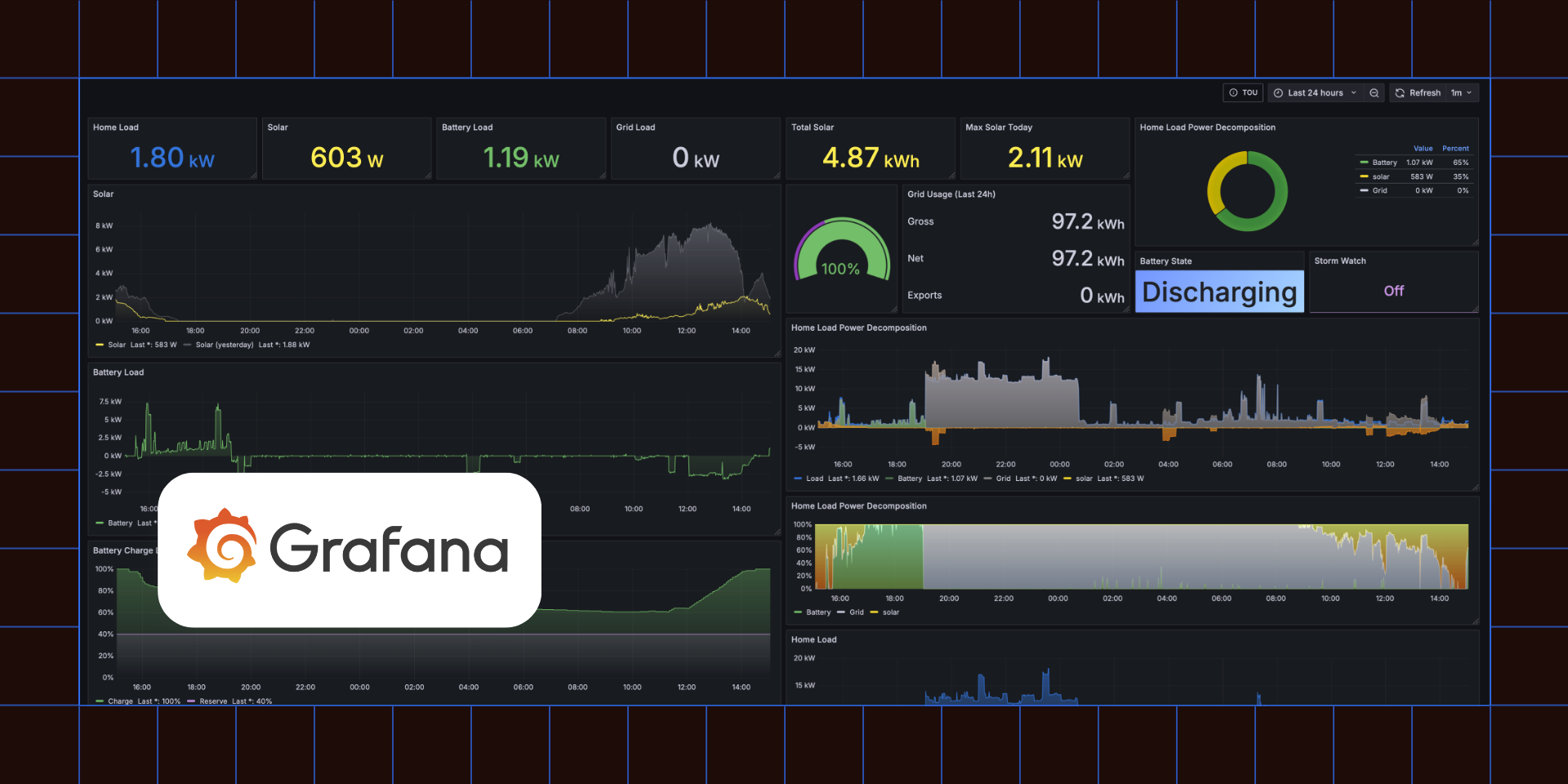
From Data-Reactive to Data-Informed: DiscoverOrg’s Move to the Modern Data Stack
- The business would need to hire two to three additional full-time engineers to do the work of Fivetran.
- Reports that took one to two days to complete now take an hour, and they are generated daily instead of monthly or quarterly.
- By running a lead-routing algorithm on the two Salesforce instances running into Snowflake, DiscoverOrg was able to generate 80–90% higher annual contract value.
- The business is starting to embed customer-facing Looker dashboards in its platform to empower customers with data.
DiscoverOrg is a B2B lead-generation platform that profiles individuals and companies to enable sales and marketing teams to create buyer and account profiles and align their efforts. It also helps customers identify top targets; identify, score and rank opportunities by ideal fit and propensity to buy; and quickly discover insights.
A Solution for Siloed Data
Prior to implementing a modern data stack, the DiscoverOrg BI team had to query from a data mart that was a copy of the company’s platform production data, which sat on AWS in a MySQL database. While this offered insight into the number of companies or contacts in the database, it did not include data from any third-party applications.
Stakeholders wanted to combine data from siloed applications like Salesforce, Marketo and Outreach with production data in order to gain a 360-degree view of the company’s customers. The BI and Analytics Team was tasked with building out the company’s data and analytics capabilities, including automating and optimizing business processes across sales, marketing, customer success and finance.
After doing a proof of concept with different warehouses, data pipeline services and BI tools, the business chose Snowflake, Fivetran and Looker. “Far and away, the ease of use, the amount of connectors, the integration with Snowflake, and the cost made Fivetran a pretty clear choice,” Erik Jones, Senior Director of BI and Analytics, says. Having a data stack with three managed solutions has significantly reduced the maintenance and administrative overhead for DiscoverOrg.
From Data-Reactive to Data-Informed
Running queries on the MySQL database could take 36 hours — and risked crashing the entire production system. With Snowflake, queries complete in 40 seconds. “The performance aspect, the handling of semi-structured data natively, and the ability to seamlessly scale when we need are huge,” Jones says. “We knew that as we started centralizing and consolidating, we would have a lot more users than we did on our MySQL database, so the ability to upsize our warehouse ecosystem is great.”
With Looker, DiscoverOrg has built-in data governance: “You can define relationships among tables and variables in the LookML language, and if any of those relationships change, you simply change a model and that flows down to all reports and dashboards.”
Looker dashboard usage has grown to 112 active users since January, and DiscoverOrg now uses close to 30 dashboards daily to make business decisions. Through a data services dashboard, for instance, the business discovered that time spent on tickets was 75–80 hours a week, and it took up to three days to respond to tickets. Based on this information, the business added headcount to its data services team and reduced response time to less than a day. “We’ve been able to start changing the culture to be one that is more data-informed versus one that is data-reactive,” Jones explains. “Now that we have the tools that we do, we’re able to be more proactive in what we’re doing strategically.”
Results of a Modern Data Stack
- Fivetran eliminates the need for two to three additional engineers. “Fivetran saves us probably two to three full-time data engineers that we would have to add to manage ETL,” Jones says. Additionally, Jones estimates that Fivetran saves the business about 40 hours a week in managing the connectors.
- Quicker report generation and an increase in report frequency. Reports that would previously take an average of one to two days to complete are now generated in an hour. Since the reports took so long to generate, they were only being created once a quarter or once a month. Now the business has these reports daily. “There is a cost saving in terms of time generating the report, but even more important is the saving in terms of time to insight,” Jones says. “We get insights into the hands of the right people much faster.”
- 80–90% higher annual contract value. With its data architecture in place, DiscoverOrg developed a lead-routing algorithm to route leads to the most relevant platform — DiscoverOrg or its recent acquisition ZoomInfo. “We would not have been able to develop that lead-routing algorithm without having both our DiscoverOrg Salesforce instance and our ZoomInfo Salesforce instance coming into Snowflake and running the algorithm on top of both,” Jones explains. “By doing this, we were able to generate 80–90% higher annual contract value by routing the leads strategically than we otherwise would have if we kept the two instances separate.”
- Analyzing from more data sources. “We now have some data sources that we had never even thought about looking at before,” Jones says. The BI and analytics team manages its entire workflow through Jira, and presents its progress and priorities to the rest of the company via a Looker dashboard. The Jira connector has also enabled the data services team: “Through the Jira connector, we have started tracking how many tickets are being submitted, how many are being completed, and what the turnaround time is. It has really brought a lot of value to the team. We wouldn't have been able to do this without the Jira connector from Fivetran.”
- Consolidated, accurate reports. Before centralizing data with Fivetran, DiscoverOrg spent a lot of time reconciling the same report from different sources. “By bringing data into a centralized location and defining a governed model for that data, we can create dashboards that are inclusive of all the KPIs that teams need,” Jones explains. “We now have a single source of truth in our customer experience dashboard that is used to generate insights into things we didn’t think we’d have insights into before.”
[CTA_MODULE]
Empowering Customers With Data
DiscoverOrg plans on embedding a customer-facing Looker dashboard into its platform in the near future. Originally, when discussing how to deliver analytics to customers, the business had been considering sending out a PDF. “While we could have done that, we realized it would be much more impactful and bring much more value to our customers if we could embed the dashboards directly into our platform, so they could explore the data themselves.”
Overall, having Fivetran, Snowflake and Looker has pushed the business forward — past the reactive and toward the predictive, according to Jones: “With our new tech stack, we are able to move beyond the descriptive ‘What is happening?’ questions and ask ‘Why did it happen?’ and ‘What should we be doing about it?’”
About Fivetran: Shaped by the real-world needs of data analysts, Fivetran technology is the smartest, fastest way to replicate your applications, databases, events and files into a high-performance cloud warehouse. Fivetran connectors deploy in minutes, require zero maintenance, and automatically adjust to source changes — so your data team can stop worrying about engineering and focus on driving insights.
About Snowflake: Snowflake is the leading data warehouse built for the cloud. Its unique architecture delivers proven breakthroughs in performance, concurrency and simplicity. For the first time, multiple groups can access petabytes of data at the same time, up to 200 times faster and 10 times less expensive than solutions not built for the cloud. Snowflake is a fully managed service with a pay-as-you-go-model that works on structured and semi-structured data.
About Looker: Looker is a modern platform for data that offers data analytics and business insights to every department at scale, and easily integrates into applications to deliver data directly into the decision-making process.

Learn how automated data movement boosts productivity and accelerates insights for your business.
Download the report
How real Fivetran customers accelerate analytics and AI
Get the guide



















